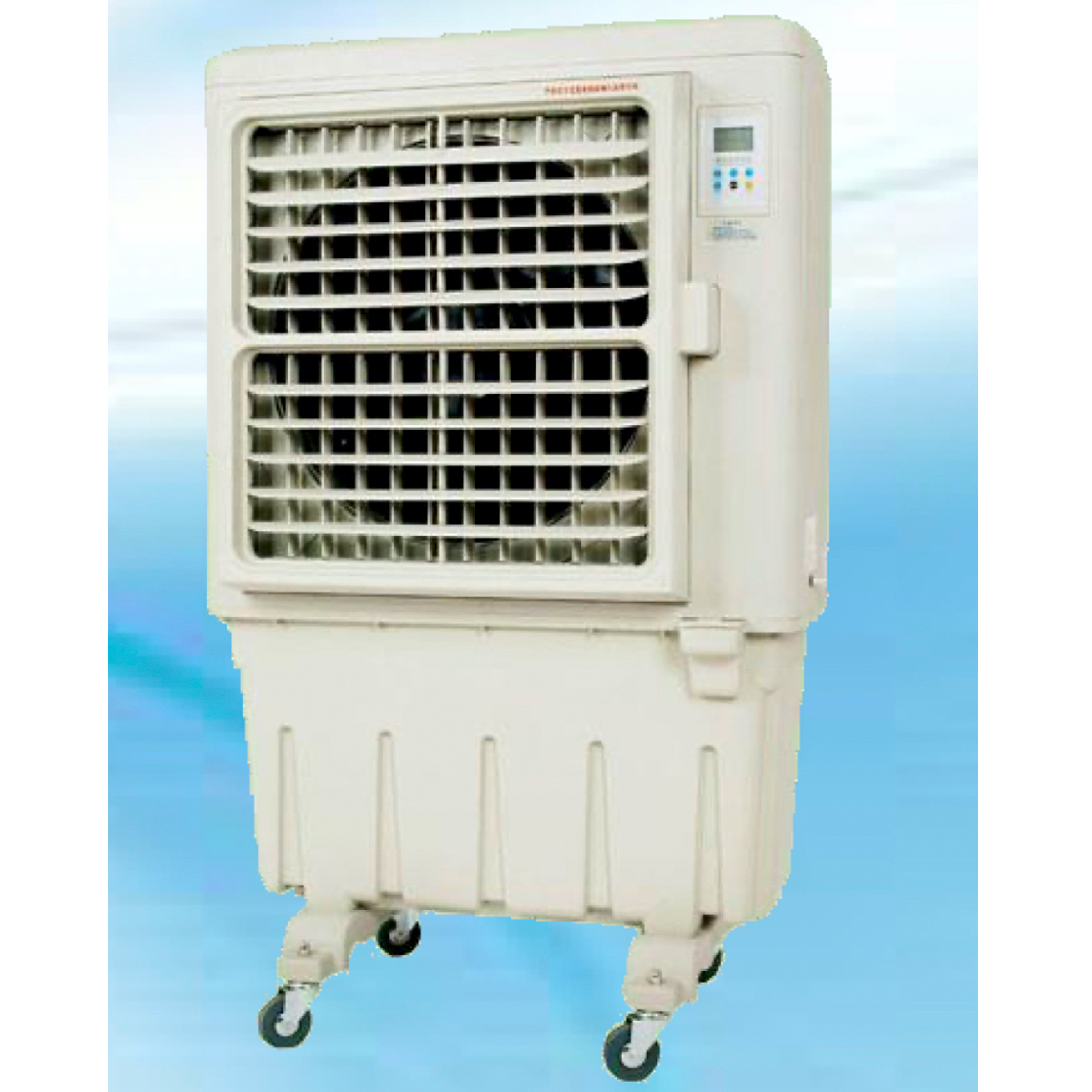

Articles
What Is An Evaporative Air Cooler
Modified: January 7, 2024
Learn about evaporative air coolers and how they work. Discover the benefits of using these cooling devices in our informative articles.
(Many of the links in this article redirect to a specific reviewed product. Your purchase of these products through affiliate links helps to generate commission for Storables.com, at no extra cost. Learn more)
Introduction
Welcome to the world of evaporative air coolers! If you’re tired of sweltering in the summer heat and looking for an affordable and eco-friendly cooling solution, then an evaporative air cooler might be just what you need. These innovative devices are designed to cool your space by harnessing the natural power of evaporation. In this article, we will explore how evaporative air coolers work, their benefits, different types available, factors to consider before purchasing, installation and maintenance tips, as well as answer commonly asked questions. So, let’s dive in and discover the refreshing world of evaporative air coolers.
Key Takeaways:
- Embrace the natural cooling power of evaporative air coolers, offering energy efficiency, eco-friendly operation, and versatile usage for a refreshing and budget-friendly cooling solution in hot and dry climates.
- Prioritize proper installation and regular maintenance to optimize the performance and longevity of your evaporative air cooler, ensuring efficient cooling and a comfortable indoor environment.
Read more: How Evaporative Air Cooler Works
How Does an Evaporative Air Cooler Work?
An evaporative air cooler, also known as a swamp cooler, operates on a simple and efficient cooling mechanism. Unlike traditional air conditioners that use refrigerants and compressors, evaporative air coolers work by utilizing the natural process of evaporation.
When hot air passes through the cooling pads soaked in water inside the evaporative air cooler, the water molecules on the pads evaporate, cooling down the air. The cooled air is then circulated back into the room, providing a refreshing and comfortable environment.
The cooling pads in an evaporative air cooler are typically made of a honeycomb-like material that is designed to hold water. These pads facilitate the evaporation process, ensuring maximum cooling efficiency. The fan inside the unit pulls air from outside into the cooler and pushes it through the damp pads, allowing for evaporation to occur.
One of the advantages of evaporative air coolers is that they require minimal energy to operate. Unlike air conditioners that need significant power to compress and cool refrigerants, evaporative air coolers simply rely on the natural cooling effect of water evaporation. This makes them an economical and environmentally-friendly cooling solution.
It is important to note that because evaporative air coolers rely on the process of evaporation, their effectiveness is greatly influenced by the humidity levels in the surrounding environment. These coolers work best in hot and dry climates, where low humidity allows for faster evaporation and greater cooling efficiency.
Benefits of Using an Evaporative Air Cooler
Evaporative air coolers offer numerous benefits that make them a popular choice among those looking for a cost-effective and environmentally-friendly cooling solution. Let’s explore some of the advantages of using an evaporative air cooler:
- Energy Efficiency: Unlike traditional air conditioners that consume a significant amount of electricity, evaporative air coolers are energy-efficient. They use only a fraction of the power needed by air conditioners, resulting in lower energy bills.
- Eco-Friendly Operation: Evaporative air coolers use natural evaporation processes to cool the air, without the need for refrigerants or harmful emissions. They have a minimal carbon footprint, making them a greener alternative to air conditioners.
- Affordability: Evaporative air coolers are generally more affordable to purchase and operate compared to air conditioners. They have lower upfront costs and require lesser maintenance, making them a budget-friendly cooling option.
- Healthy Indoor Air Quality: Unlike air conditioners that recirculate the same air, evaporative air coolers continuously bring in fresh air from outside. This constant ventilation helps improve indoor air quality by reducing the concentration of pollutants and odors.
- Maintenance Simplicity: Evaporative air coolers have simple designs and fewer components, making them easier to maintain. Regular maintenance tasks include cleaning the cooling pads and ensuring proper water supply, both of which can be done without professional assistance.
- Natural Humidification: Evaporative air coolers humidify the air as they cool it. This can be particularly beneficial in dry climates where low humidity levels can cause discomfort and health issues such as dry skin and respiratory problems.
- Versatile Usage: Evaporative air coolers are not limited to specific spaces. They can be used in various indoor and outdoor environments, such as homes, offices, garages, patios, and even tents, providing effective cooling wherever it is needed.
With their energy efficiency, affordability, eco-friendly operation, and health benefits, evaporative air coolers offer a compelling cooling solution for those seeking a balance between comfort and sustainability.
Types of Evaporative Air Coolers
Evaporative air coolers come in different types, each designed to cater to specific cooling needs. Let’s explore some of the common types of evaporative air coolers:
- Portable Evaporative Air Cooler: Portable evaporative air coolers are compact and lightweight units that can be easily moved from one room to another. They are ideal for cooling small to medium-sized spaces, such as bedrooms, offices, or small living areas.
- Window-Mounted Evaporative Air Cooler: Window-mounted evaporative air coolers are designed to be installed in a window opening. They draw fresh air from outside and deliver cool air into the room. These coolers are suitable for cooling a single room or a small apartment.
- Roof-Mounted Evaporative Air Cooler: As the name suggests, roof-mounted evaporative air coolers are installed on the roof of a building. They are commonly used in commercial or industrial settings to cool large spaces, such as warehouses, factories, or large indoor venues.
- Ducted Evaporative Air Cooler: Ducted evaporative air coolers are designed to cool multiple rooms or entire buildings. They are connected to a network of ducts that distribute cool air to different areas. These coolers are a popular choice for residential and commercial applications.
- Outdoor Evaporative Air Cooler: Outdoor evaporative air coolers are specifically designed for outdoor use, such as patios, decks, or outdoor events. They are built to withstand various weather conditions and provide efficient cooling in open-air spaces.
Each type of evaporative air cooler has its own advantages and suitability for specific environments. Consider the size of your space, cooling requirements, and installation options before selecting the most appropriate type of evaporative air cooler for your needs.
Factors to Consider before Purchasing an Evaporative Air Cooler
Before purchasing an evaporative air cooler, it is important to consider several factors to ensure you make the right choice for your cooling needs. Here are some key factors to consider:
- Cooling Capacity: Determine the cooling capacity required for the space you want to cool. Consider factors such as room size, ceiling height, insulation, and the climate in your area. Look for an evaporative air cooler with sufficient cooling capacity to effectively cool your space.
- Water Tank Capacity: The water tank capacity of an evaporative air cooler determines how long it can run without needing a refill. If you prefer longer continuous operation without frequent refilling, choose a model with a larger water tank capacity.
- Portability: Consider whether you need a portable evaporative air cooler that can be easily moved from room to room or an installed unit. Portable models offer flexibility, while installed units provide a permanent cooling solution.
- Noise Level: Check the noise level of the evaporative air cooler, especially if you plan to use it in a bedroom or office. Look for models with low noise output to ensure a peaceful and comfortable environment.
- Control Options: Consider the control options available, such as manual control, remote control, or programmable settings. Advanced control options offer convenience and ease of use.
- Energy Efficiency: Look for an evaporative air cooler with a high energy efficiency rating. Energy-efficient models consume less electricity, helping you save on your energy bills.
- Durability and Warranty: Check the build quality and warranty offered by the manufacturer. Look for evaporative air coolers made from durable materials that can withstand regular use and come with a reliable warranty.
- Budget: Determine your budget and look for evaporative air coolers that offer the best features within your price range. Consider the long-term savings on energy costs when evaluating your budget.
By considering these factors, you can make an informed decision and select an evaporative air cooler that meets your cooling requirements, budget, and preferences.
An evaporative air cooler works by drawing warm air through water-saturated pads, which cools the air through evaporation. It’s an energy-efficient and cost-effective way to cool a space.
Read also: 15 Amazing Evaporative Air Cooler for 2024
Installation and Maintenance of an Evaporative Air Cooler
Proper installation and regular maintenance are important to ensure the optimal performance and longevity of your evaporative air cooler. Here are some guidelines for installation and maintenance:
Installation:
- Select the Right Location: Choose a location for your evaporative air cooler that allows for proper air circulation and easy access to a water source. Avoid placing the cooler near heat sources or in direct sunlight.
- Prepare the Cooling Pads: Before installation, soak the cooling pads in water for a few minutes to ensure they are damp and ready to provide effective cooling.
- Connect the Water Supply: Depending on the model, connect the cooler to a water supply using a hose or manually fill the water tank. Ensure a proper water flow to maintain optimum cooling performance.
- Secure the Cooler: Follow the manufacturer’s instructions to secure the evaporative air cooler in place, whether it’s a portable unit or a permanent installation.
- Connect the Power: Plug the evaporative air cooler into a power outlet and ensure it has a stable power supply for proper operation.
Maintenance:
- Clean the Cooling Pads: Regularly clean the cooling pads to remove any accumulated dirt, dust, or mineral deposits. Follow the manufacturer’s instructions for cleaning and maintenance.
- Inspect the Water Supply: Check the water supply regularly to ensure proper flow and avoid blockages. Clean or replace the water filters if necessary.
- Check for Mold or Mildew: Keep an eye out for mold or mildew growth in the cooling pads or water tank. If detected, clean the affected areas using mild cleaning solutions or consult the manufacturer for guidance.
- Replace Consumables: Replace the cooling pads, water filters, or any other consumable parts according to the manufacturer’s recommended schedule.
- Store Properly: If you plan to store the evaporative air cooler during the off-season, ensure it is drained of water, cleaned, and stored in a dry and well-ventilated space.
Regular maintenance will help prevent issues, optimize cooling performance, and extend the lifespan of your evaporative air cooler. Consult the manufacturer’s manual for specific instructions and recommendations on installation and maintenance.
Frequently Asked Questions about Evaporative Air Coolers
Here are some frequently asked questions about evaporative air coolers:
-
Do evaporative air coolers require a window?
No, evaporative air coolers do not require a window. However, certain models, like window-mounted evaporative air coolers, need to be installed in a window opening for proper ventilation and air circulation. -
Can I use an evaporative air cooler with the windows closed?
While it is recommended to use evaporative air coolers with windows or doors partially open to allow fresh air intake, you can still use them with windows closed. However, it may impact the cooling efficiency as fresh air circulation is limited. -
How often should I clean the cooling pads?
It is recommended to clean the cooling pads once every month or as directed by the manufacturer. Regular cleaning prevents mineral buildup, maintains cooling efficiency, and ensures clean and fresh air. -
Can I use an evaporative air cooler in a humid climate?
Evaporative air coolers work best in dry climates with low humidity levels. In humid climates, the cooling effect may be less noticeable, and the increased moisture in the air can make the environment uncomfortable. However, they can still provide some level of cooling. -
Are evaporative air coolers noisy?
Evaporative air coolers are generally quieter compared to traditional air conditioners. However, the noise level can vary depending on the model and fan speed settings. Look for coolers with low noise output if noise is a concern for you. -
Can I use an evaporative air cooler and an air conditioner together?
It is not recommended to use an air conditioner and an evaporative air cooler together. Air conditioners work by removing humidity from the air, while evaporative air coolers add moisture. Using them both simultaneously can result in inconsistent cooling and an uncomfortable environment. -
Can evaporative air coolers cause allergies?
Evaporative air coolers can help improve indoor air quality by constantly bringing in fresh air. However, if not properly maintained or if the water is contaminated, they can potentially contribute to allergens or mold growth. Regular cleaning and maintenance are necessary to prevent any hygiene issues.
For more specific information and answers to your unique situation, consult the manufacturer’s manual or reach out to their customer support.
Read more: What Is An Evaporative Air Conditioner
Conclusion
Evaporative air coolers provide a cost-effective and eco-friendly solution for cooling your space, especially in hot and dry climates. By harnessing the natural process of evaporation, these coolers efficiently lower the temperature while improving indoor air quality. With their energy efficiency, affordability, and versatility, evaporative air coolers offer a compelling alternative to traditional air conditioners.
Before purchasing an evaporative air cooler, consider factors such as cooling capacity, water tank capacity, portability, noise level, control options, energy efficiency, durability, and your budget to ensure the best fit for your needs.
Proper installation and regular maintenance are crucial to ensure the optimal performance and longevity of your evaporative air cooler. Follow the manufacturer’s instructions for installation, clean the cooling pads regularly, check the water supply, and store the cooler properly when not in use.
If you have any specific questions or concerns about evaporative air coolers, refer to the manufacturer’s manual or reach out to their customer support for more information.
Stay cool and enjoy the refreshing benefits of an evaporative air cooler!
Frequently Asked Questions about What Is An Evaporative Air Cooler
Was this page helpful?
At Storables.com, we guarantee accurate and reliable information. Our content, validated by Expert Board Contributors, is crafted following stringent Editorial Policies. We're committed to providing you with well-researched, expert-backed insights for all your informational needs.
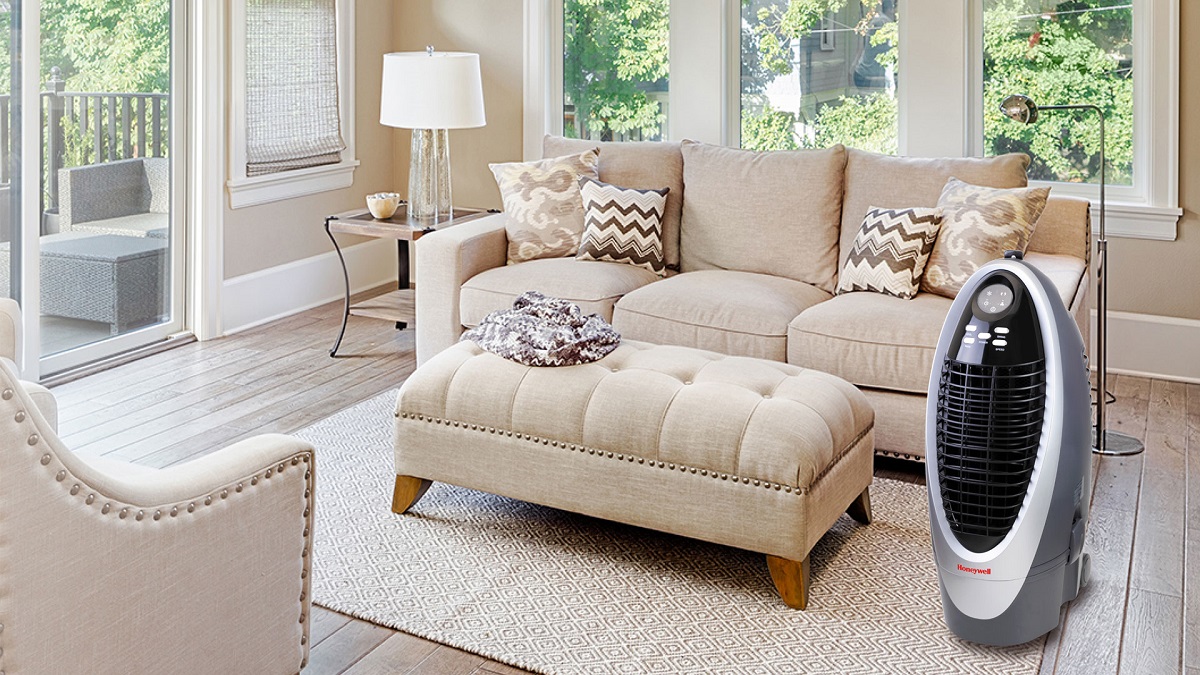
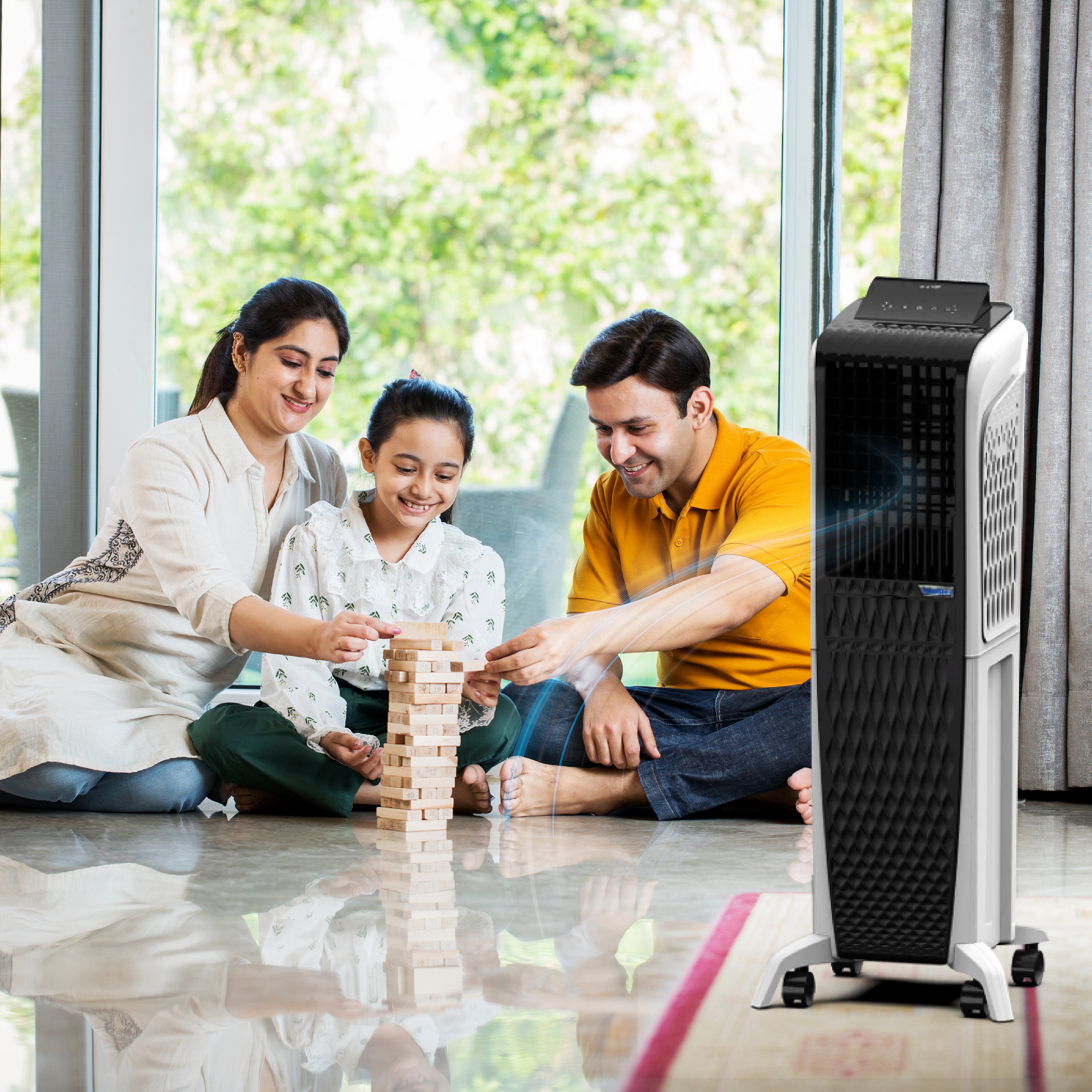
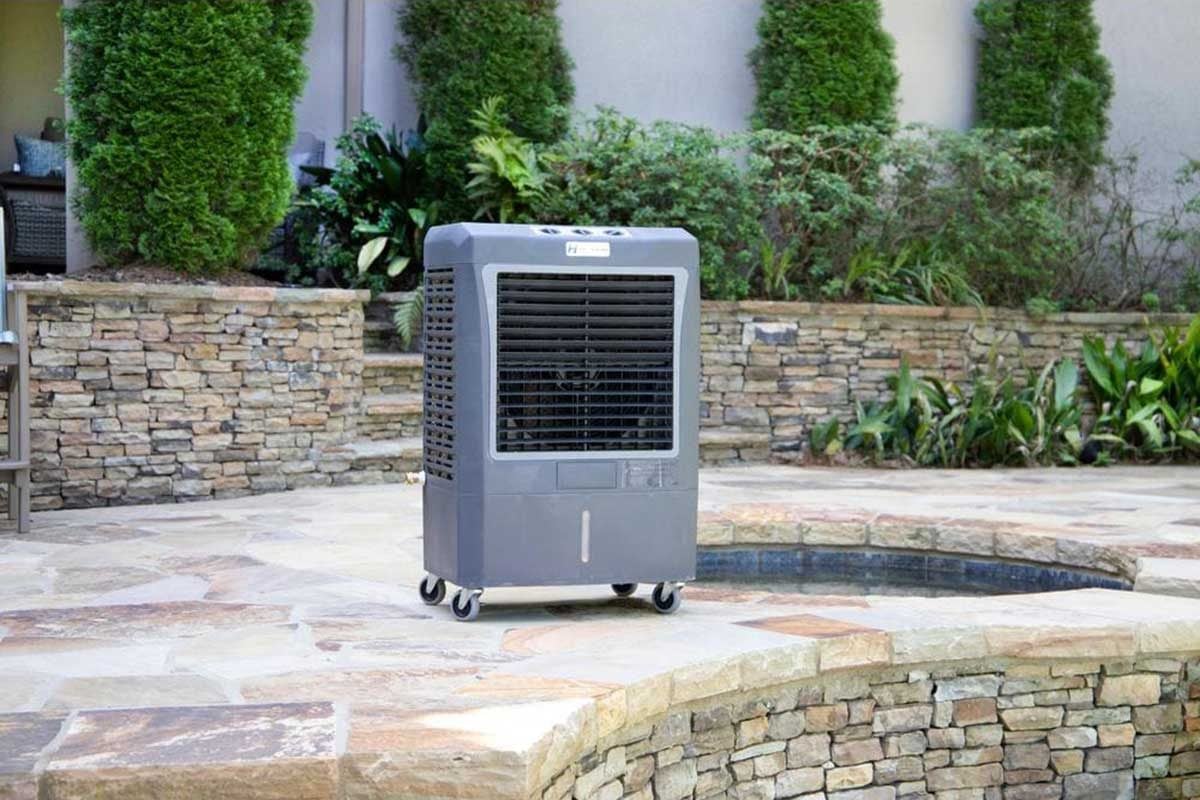
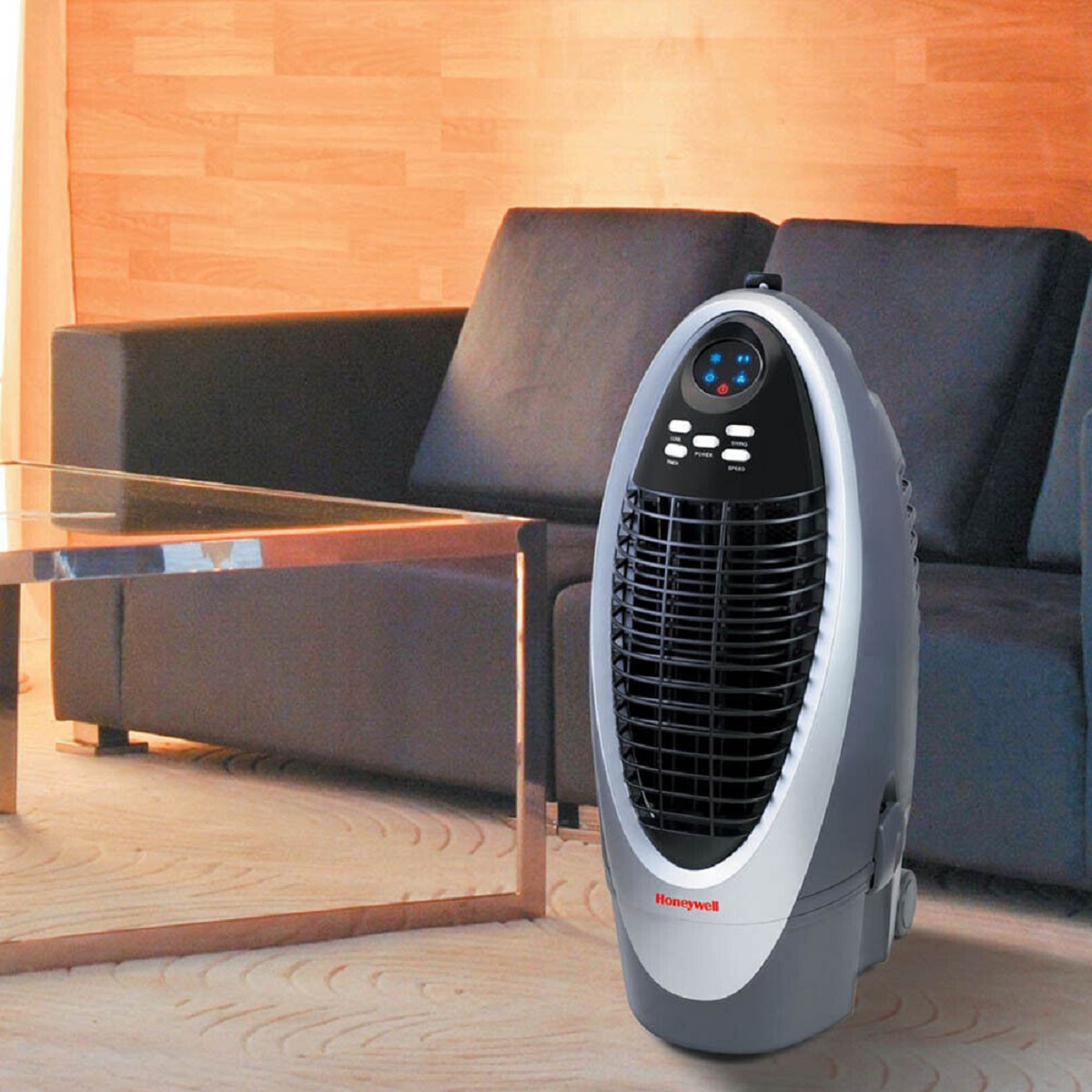
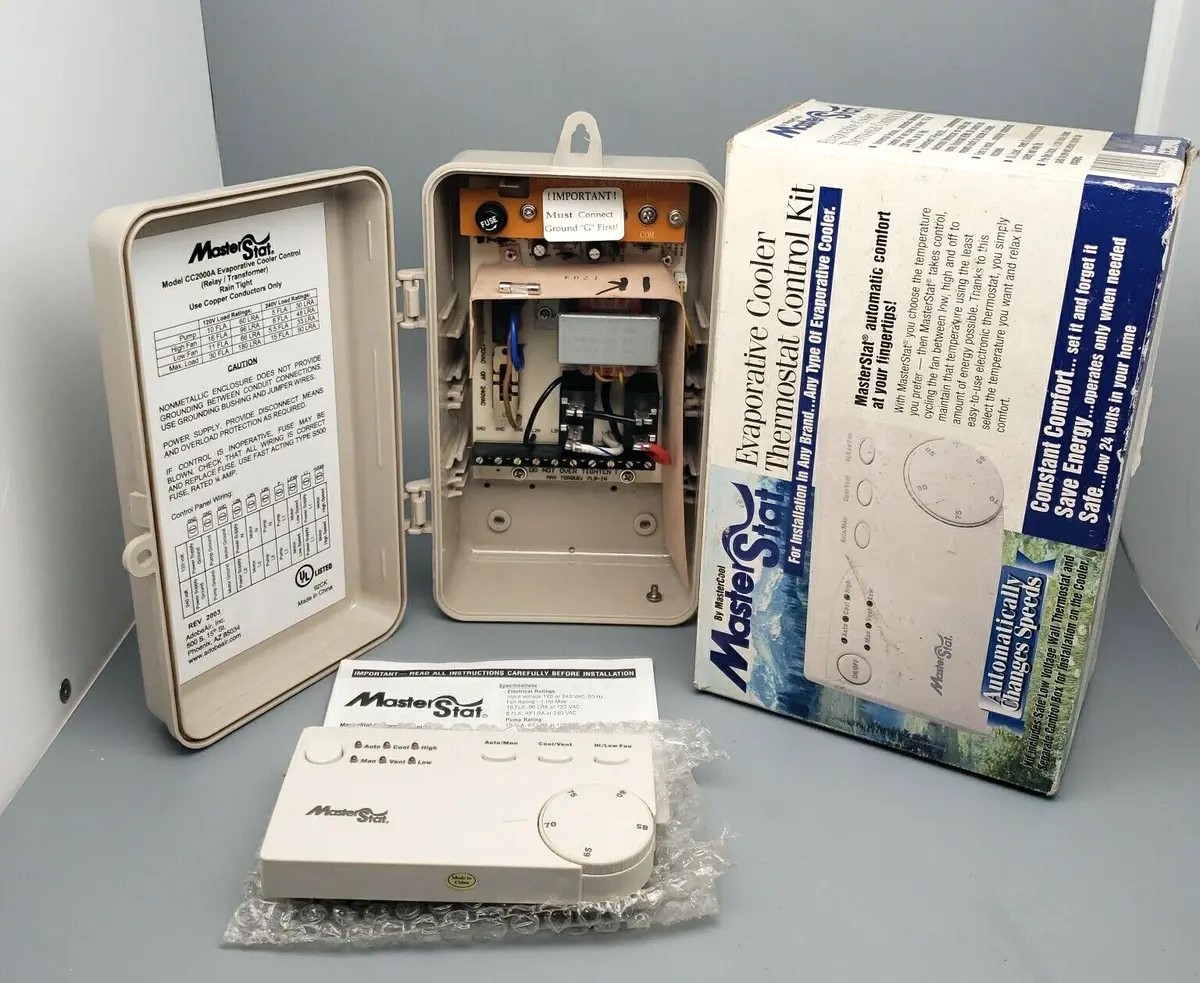
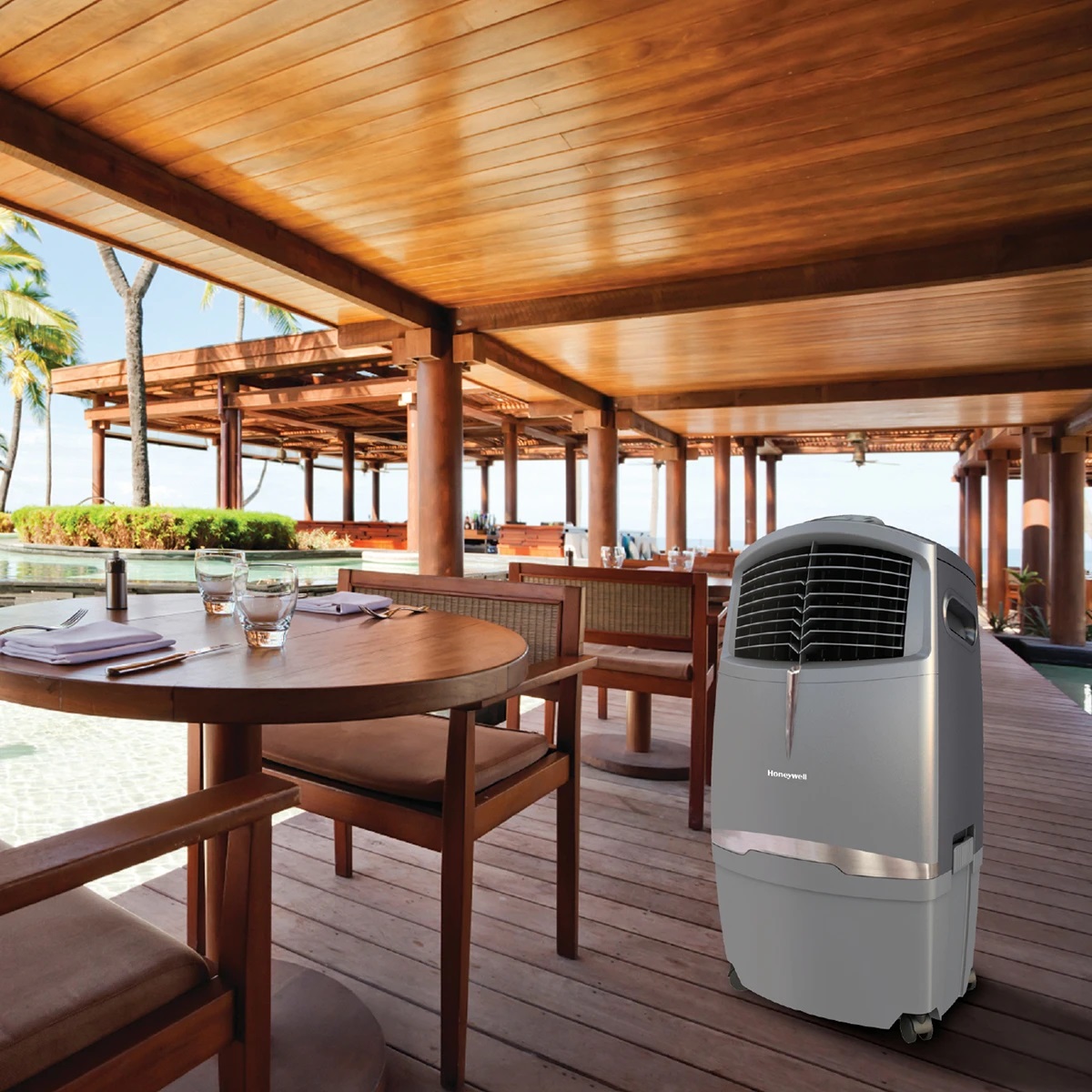
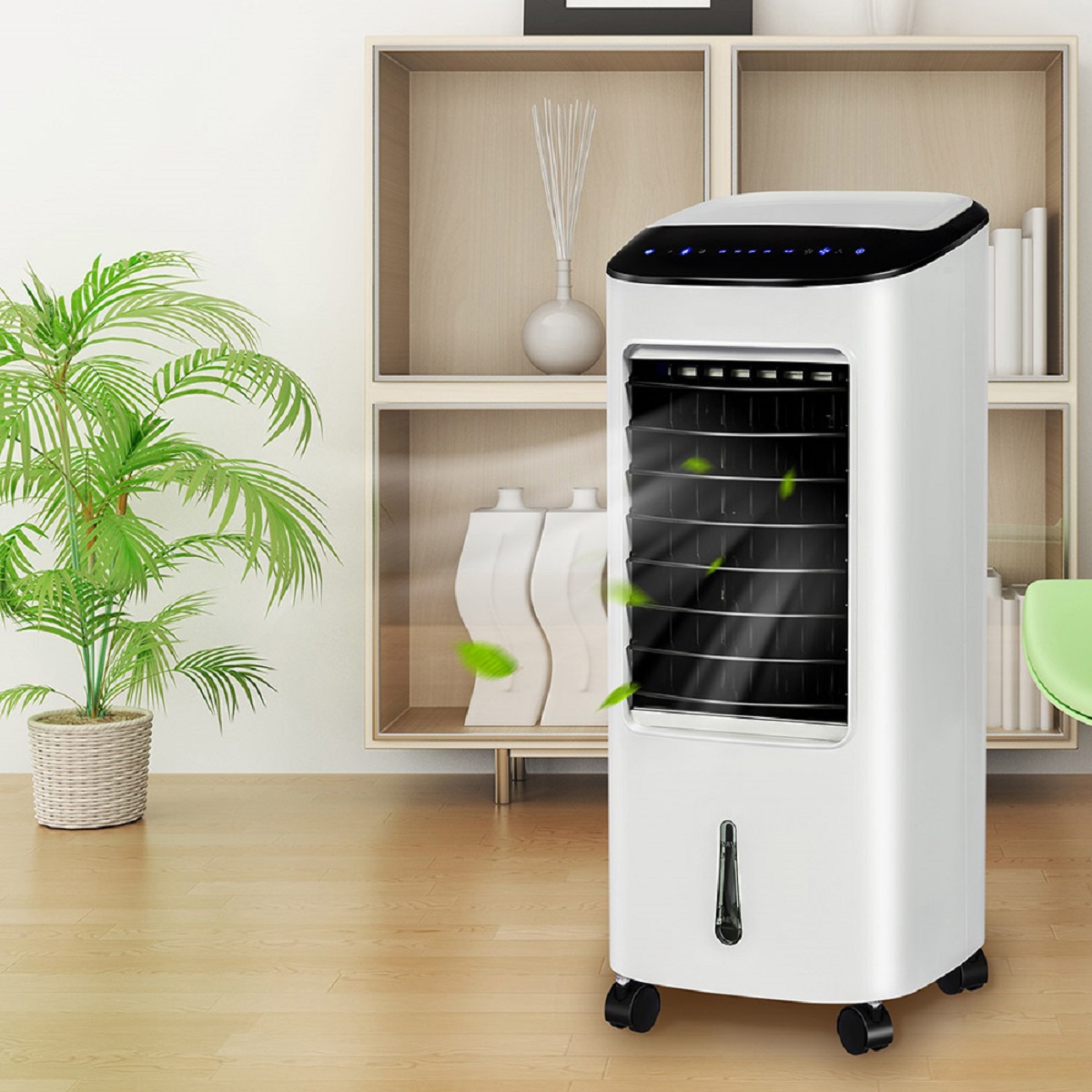
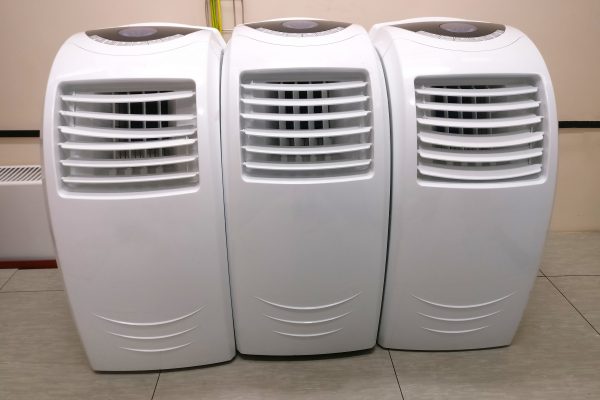
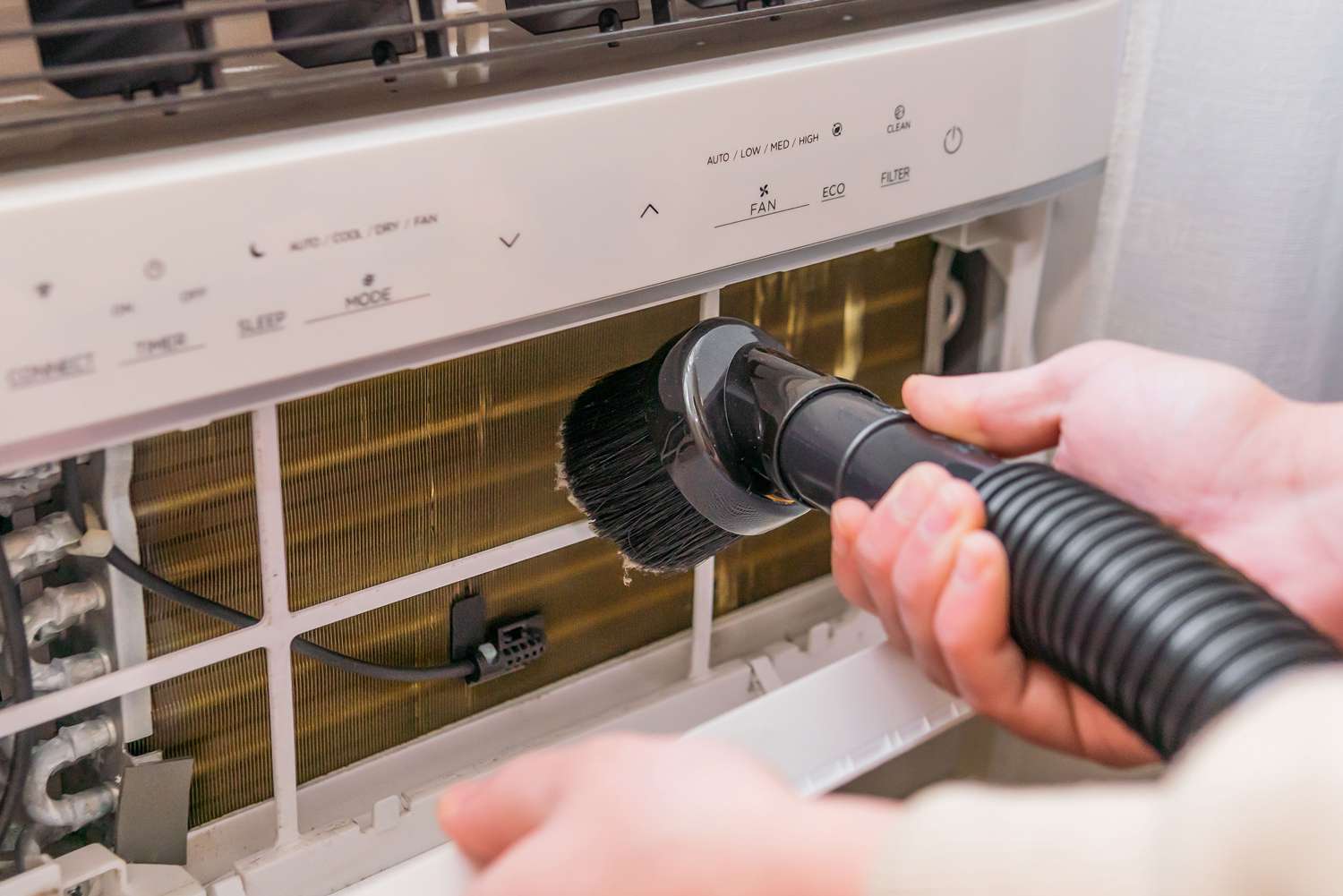
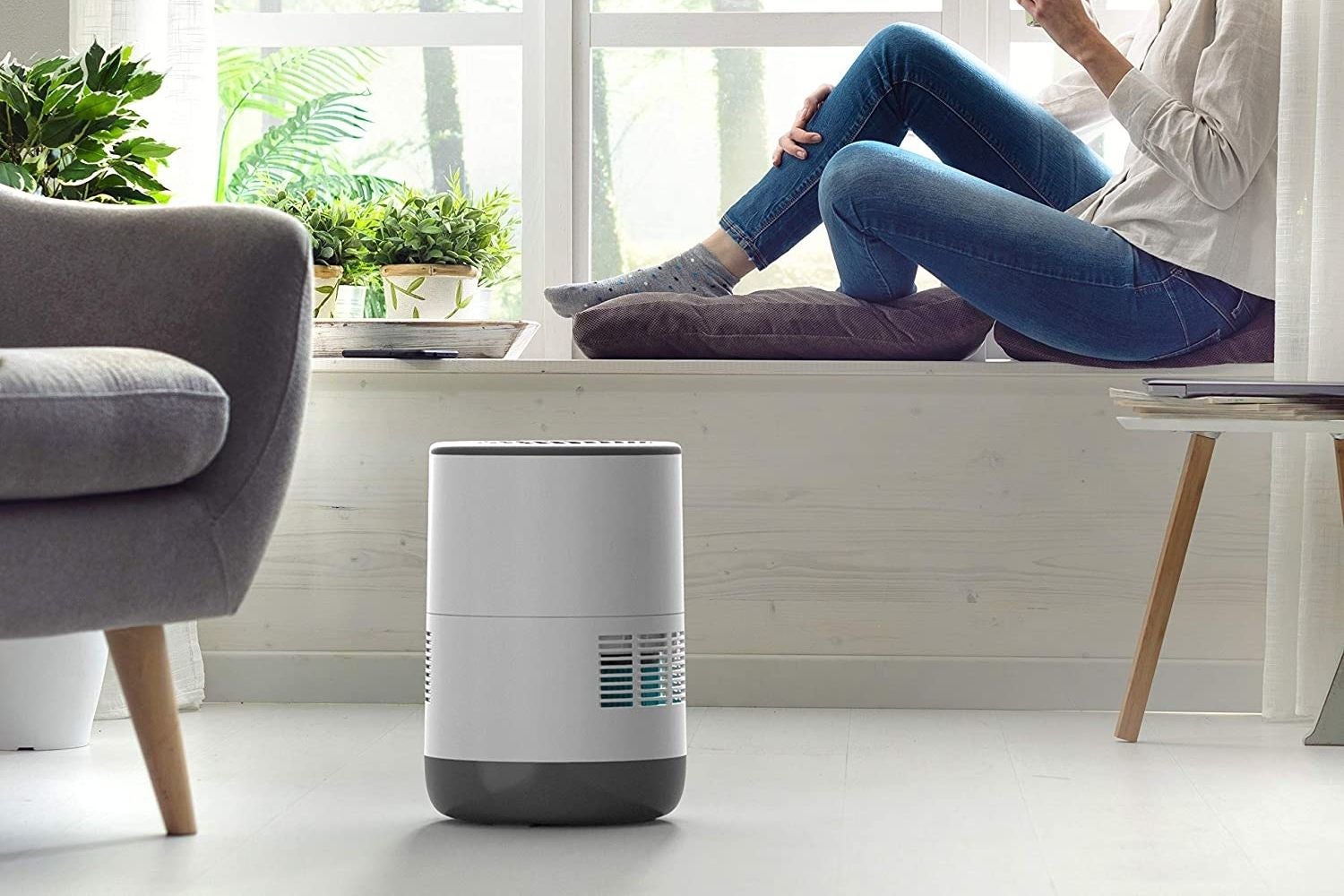
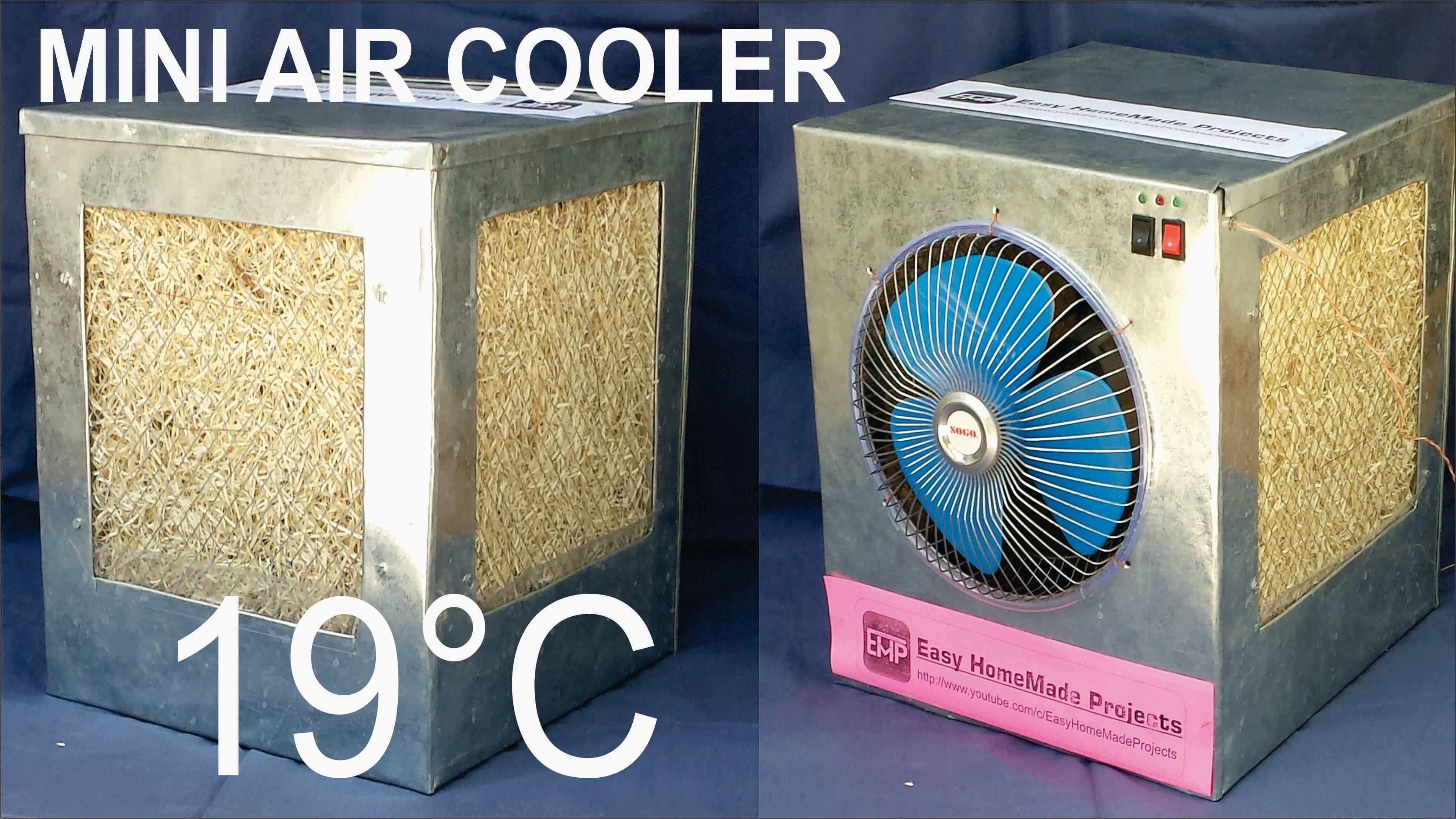
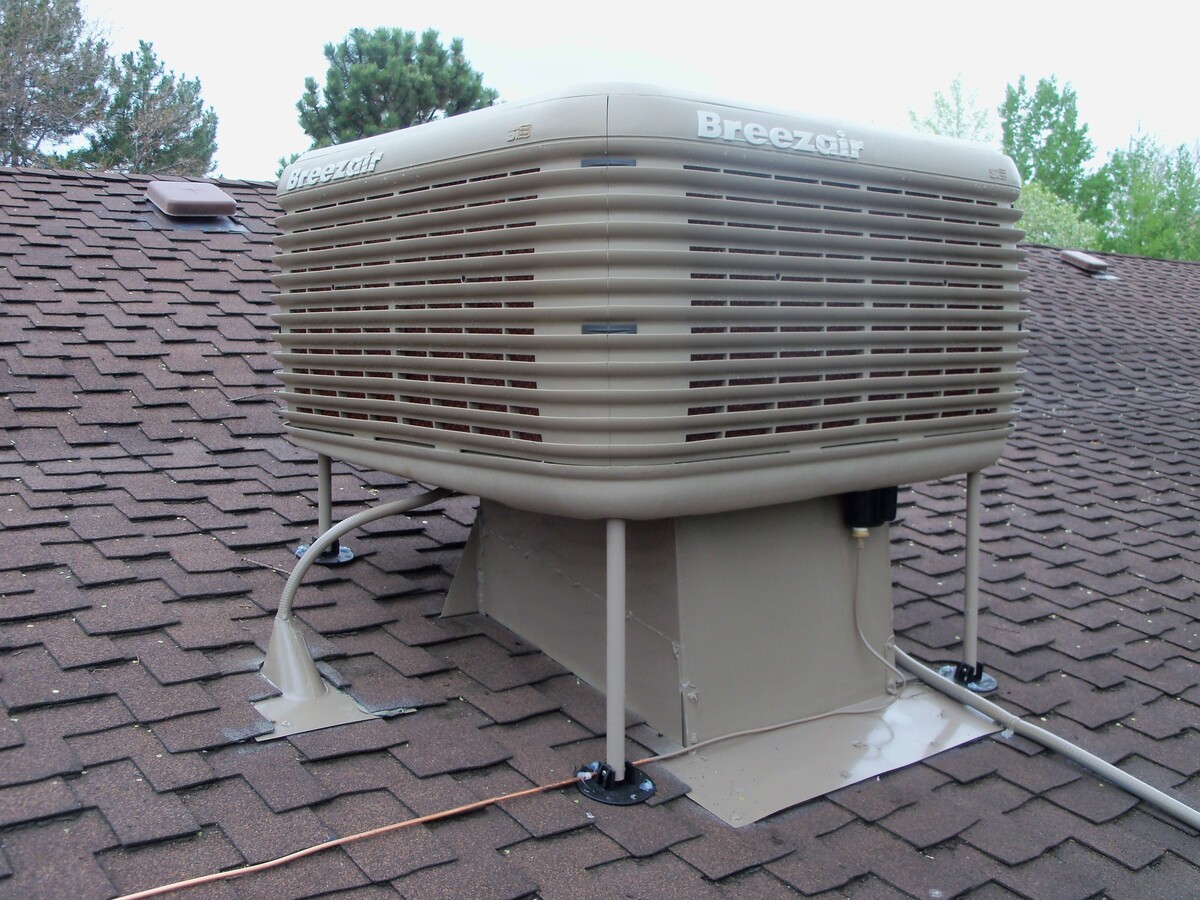
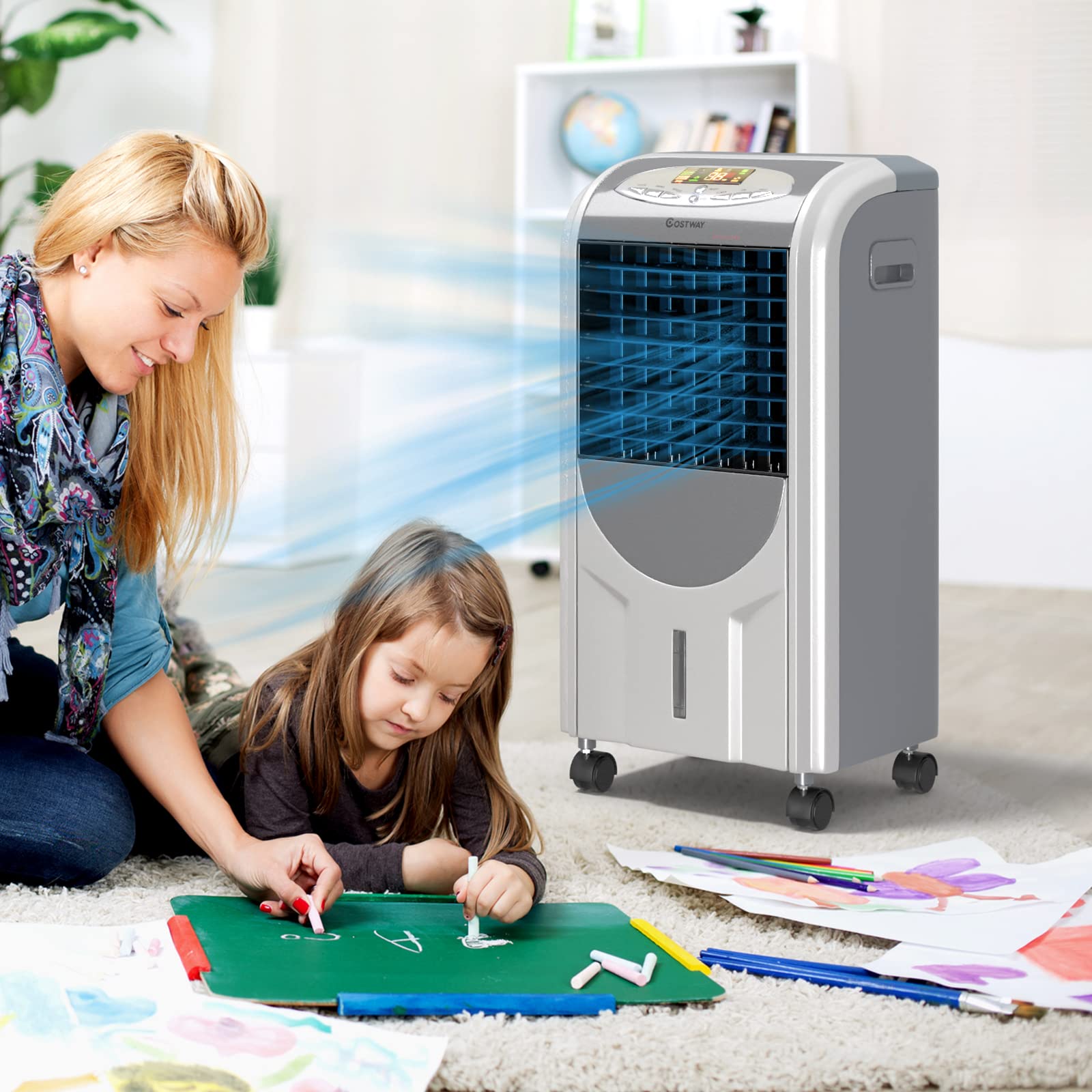

0 thoughts on “What Is An Evaporative Air Cooler”